Fresh produce may come in contact with a variety of containers as it moves from the field, through the wash/pack process, and on to storage or transport for sale. To reduce food safety risks, all containers should be durable and cleanable. To enhance efficiency, containers that are stackable and/or color-coded based on function may be useful.

Design Goals
- Containers are easy to clean, to minimize risk of cross-contamination to produce.
- Containers are durable so they last a long time.
- Containers support efficient produce handling.
- Containers for different uses are clearly distinguishable by color, shape and/or size.
- The weight of containers when full is comfortable for farm employees.
- Containers are easy to store because they are stackable or nest inside one another.
Design Elements
- Containers are made of durable, smooth material, typically some type of plastic. There are holes or slits to allow water to drain and promote drying after use.
- Rounded corners and smooth, shallow handles, lids and perforation holes make for easy scrubbing with most brushes.
- Containers are tough and sturdy so they will last. Plastic is thick and UV resistant, any hinges are extra beefy, and may be reinforced with stainless steel rods.
- Container types are suited to the farm’s crops and procedures; they fit well within row and path spaces, onto transport vehicles from the field to the wash/pack area, and in storage or delivery vehicles to markets.
- Containers are color-coded based on what they are used for, so that harvest containers stay in the field, and only clean containers go into storage or on to markets.
- The size of containers is based on their weight when full, so it is comfortable for employees to lift and carry them. If needed, tools such as carts are available to assist with moving full containers.
- When not in use, stackable or nesting containers easily fit in available storage space.
Benefits
- Reduce risk of spreading pathogens. Containers that are easily cleaned and dried can reduce growth of harmful organisms.
- Reduce labor costs and increase farm profitability. Avoiding confusion about which containers should be used when and where saves time.
- Save money. Durable containers may cost more initially but replacement frequency is reduced.
Photos
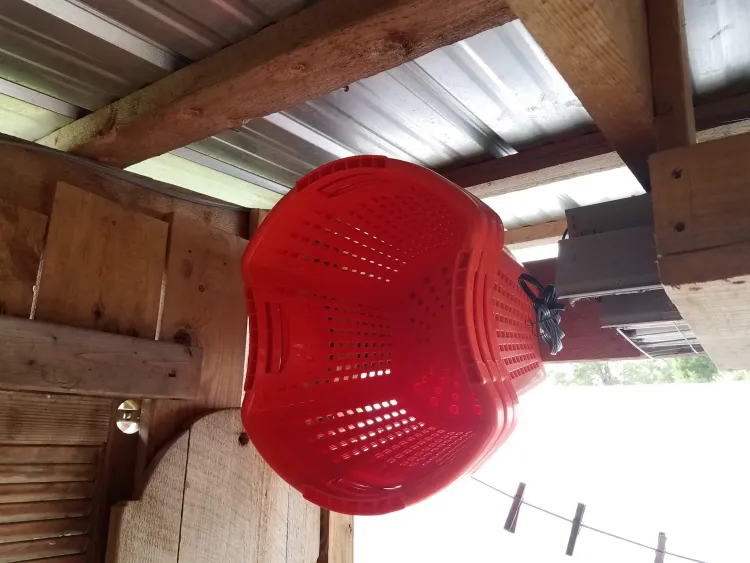
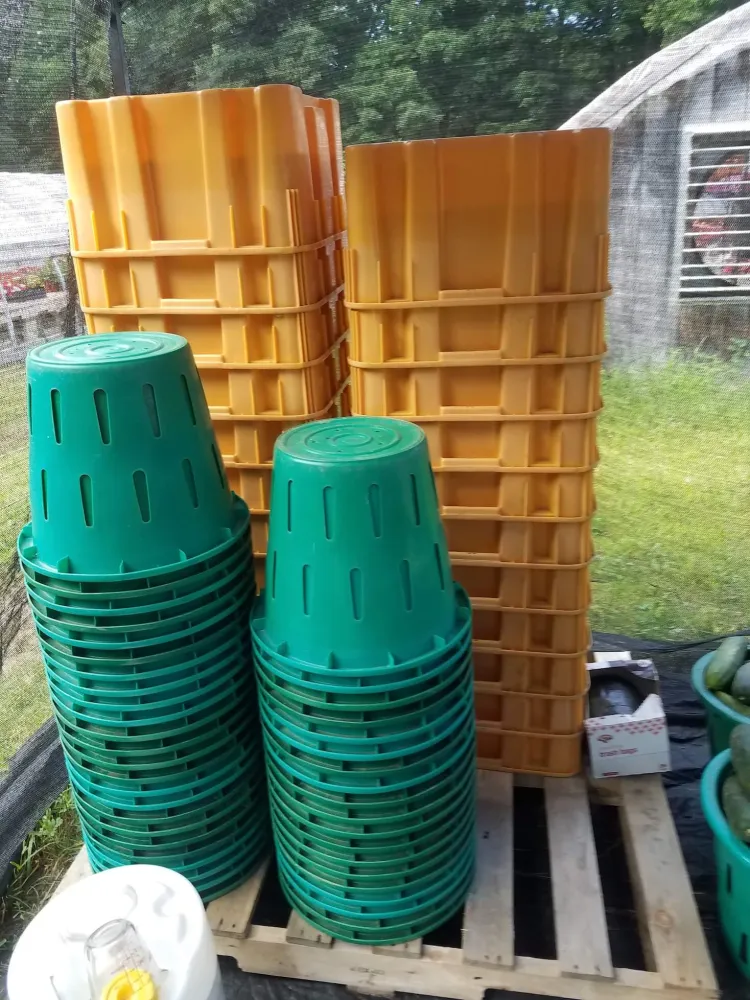
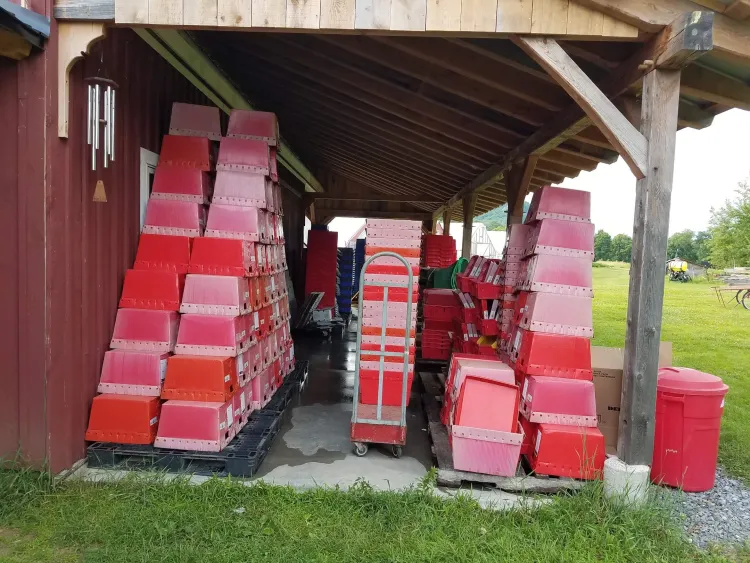
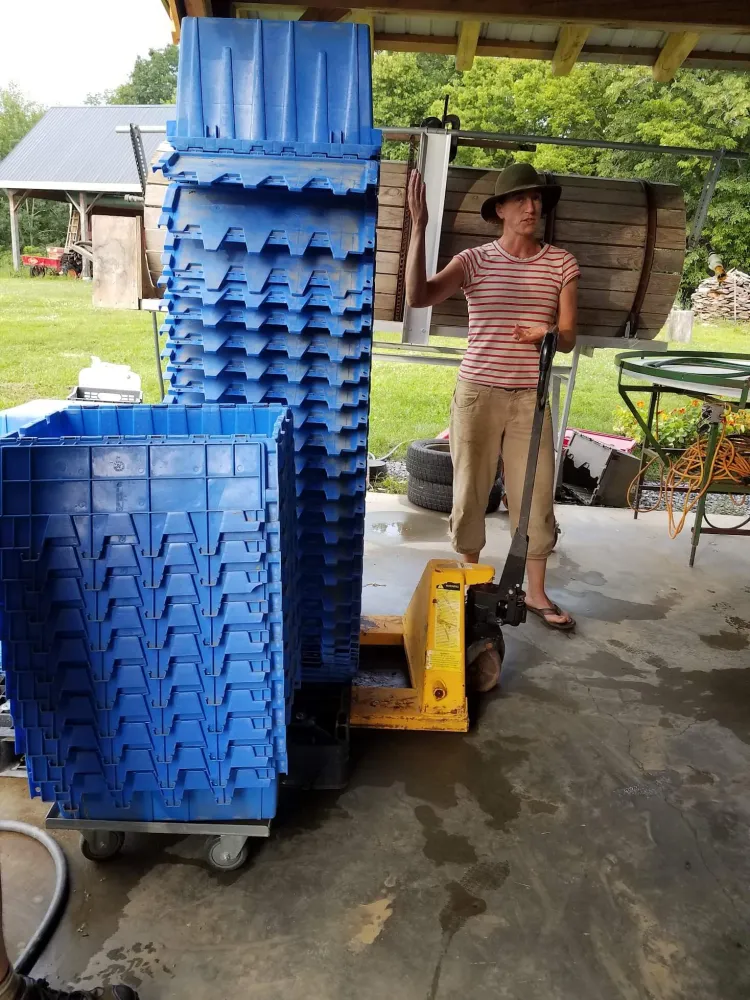
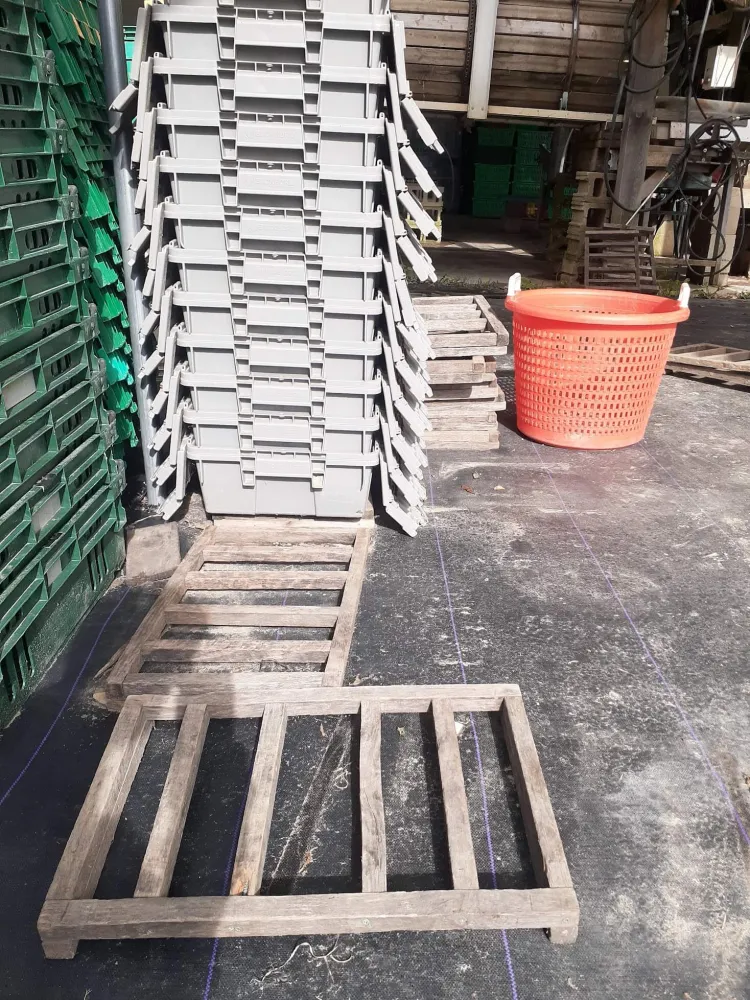
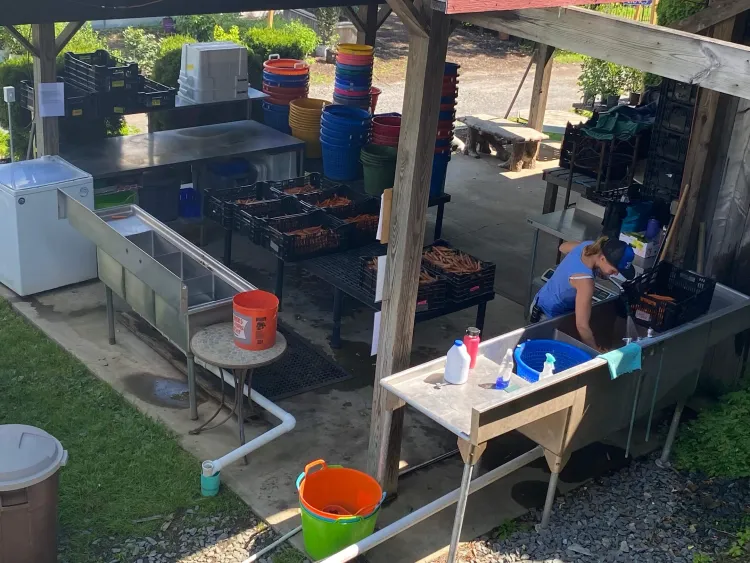
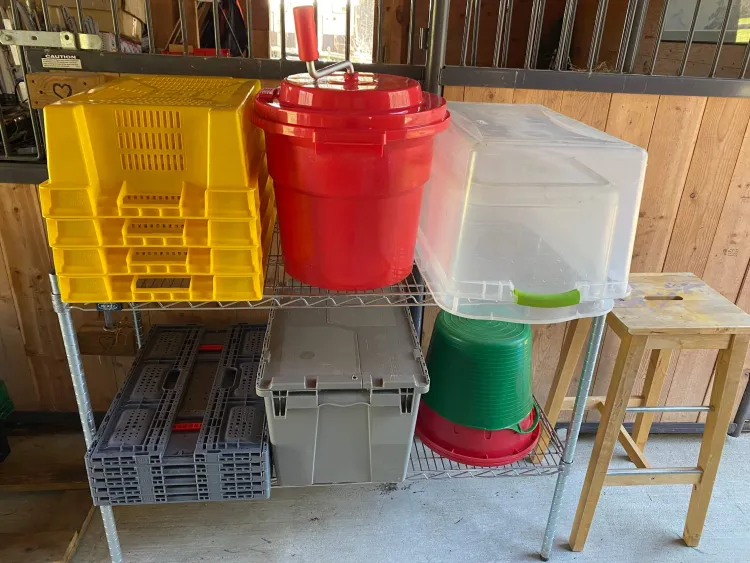
Authors: Hans Estrin and Vern Grubinger, UVM Extension
This work is supported by the Food Safety Outreach Program Name, project award no. 2023-70020-40688, from the U.S. Department of Agriculture’s National Institute of Food and Agriculture. Any opinions, findings, conclusions, or recommendations expressed in this publication are those of the author(s) and should not be construed to represent any official USDA or U.S. Government determination or policy.
